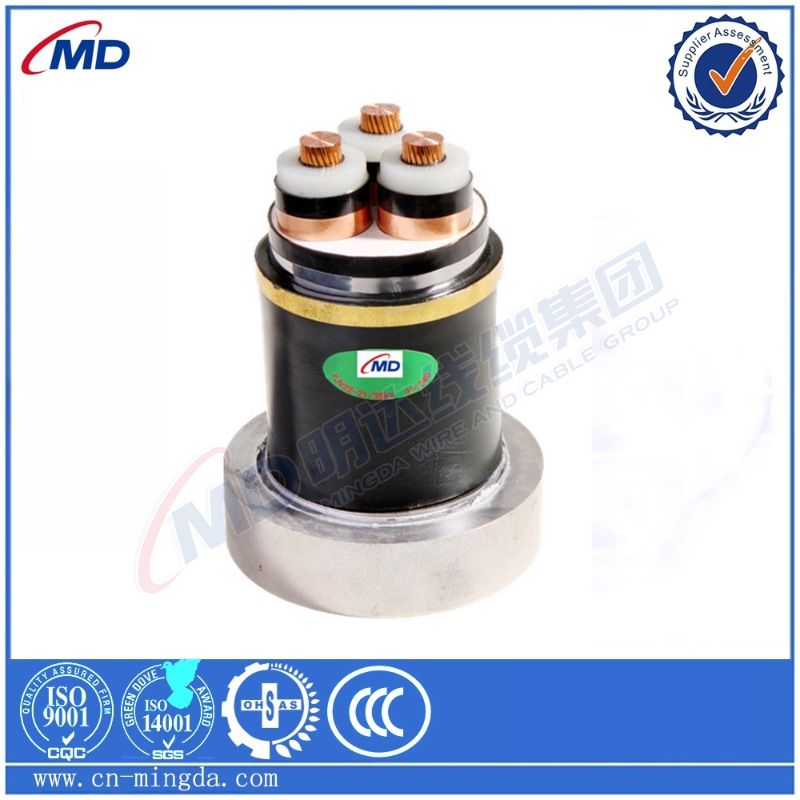10 月 . 15, 2024 11:19 Back to list
Understanding the Function and Importance of Flap Check Valves in Fluid Systems
Understanding Flap Check Valves A Comprehensive Overview
Flap check valves, also known as swing check valves, are essential components in many fluid systems. Their primary function is to prevent the backflow of fluids, ensuring that the flow direction remains consistent and secure. In this article, we will delve into the mechanics, applications, benefits, and maintenance of flap check valves to provide a thorough understanding of why they are critical in various industries.
Mechanics of Flap Check Valves
Flap check valves operate on a simple yet effective principle. The valve consists of a hinged flap or disc that opens to allow fluid to pass in one direction and closes when the flow reverses. This closure is facilitated by the weight of the flap, which swings back into place to seal the opening, hence preventing backflow. The design of flap check valves allows for minimal pressure drop, making them efficient for systems requiring constant flow.
Two common configurations of flap check valves are the vertical and horizontal installations. The choice between these configurations typically depends on the specific requirements of the piping system and the nature of the fluid being transported.
Applications of Flap Check Valves
Flap check valves are widely employed in various industries, including water treatment, sewage systems, HVAC (heating, ventilation, and air conditioning), and other industrial applications. In water treatment plants, these valves help maintain the integrity of the distribution system by preventing backflow that could contaminate clean water supplies.
In sewage systems, flap check valves prevent the backflow of sewage, thereby protecting treatment plants from potential overload and ensuring that wastewater flows seamlessly out to treatment facilities. Additionally, in HVAC systems, they play a crucial role in preventing backdrafts in ventilation systems, which can lead to energy loss and system inefficiency.
Benefits of Flap Check Valves
flap check valve

One of the significant advantages of flap check valves is their ease of installation and low maintenance requirements. Unlike other types of check valves, flap check valves have fewer moving parts, which reduces wear and tear and the likelihood of malfunction. This feature translates to lower operational costs over time.
Another key benefit is their ability to handle high flow rates without significant pressure drops. The low-profile design allows for streamlined fluid passage, making them ideal for systems that require a high flow of liquids or gases.
Flap check valves also come in various materials, including stainless steel, PVC, and cast iron, making them suitable for a wide range of fluids, from clean water to corrosive liquids. The adaptability to different environments enhances their usability across various applications.
Maintenance of Flap Check Valves
While flap check valves are relatively low maintenance, routine inspections are essential to ensure they operate correctly. Regular checks can help identify issues such as wear and tear on the flap or obstructions caused by debris or sediment accumulation. If the flap does not fully close, it could cause backflow, leading to system inefficiencies or failures.
During maintenance, it is crucial to clean the valve and check for any signs of damage. In cases where the valve is not functioning as intended, timely replacements or repairs are necessary to prevent larger system issues.
Furthermore, understanding the specific application and fluid characteristics can guide maintenance schedules and procedures. For example, valves in wastewater applications might require more frequent maintenance due to the harsh nature of the fluids involved.
Conclusion
Flap check valves play a vital role in maintaining the integrity and efficiency of fluid systems across various industries. Their straightforward operation, coupled with minimal maintenance requirements and adaptability to different environments, makes them a popular choice among engineers and system designers. By understanding their mechanics, benefits, and best maintenance practices, professionals can ensure the longevity and reliability of their fluid transport systems, ultimately contributing to operational success and safety in various applications. As technology and materials continue to evolve, the role of flap check valves will likely expand, offering even more innovative solutions for fluid management challenges.
Share
-
Understanding the Differences Between Wafer Type Butterfly Valve and Lugged Butterfly ValveNewsOct.25,2024
-
The Efficiency of Wafer Type Butterfly Valve and Lugged Butterfly ValveNewsOct.25,2024
-
The Ultimate Guide to Industrial Swing Check Valve: Performance, Installation, and MaintenanceNewsOct.25,2024
-
Superior Performance with Industrial Swing Check Valve: The Essential Valve for Any SystemNewsOct.25,2024
-
Industrial Swing Check Valve: The Ideal Solution for Flow ControlNewsOct.25,2024
-
You Need to Know About Industrial Swing Check Valve: Functionality, Scope, and PerformanceNewsOct.25,2024